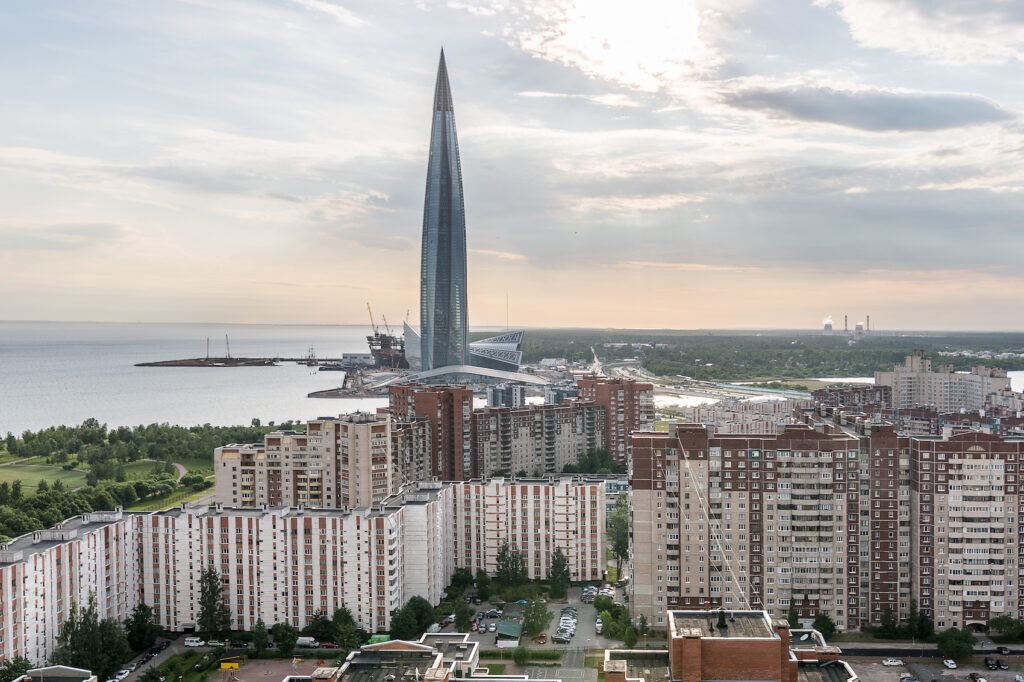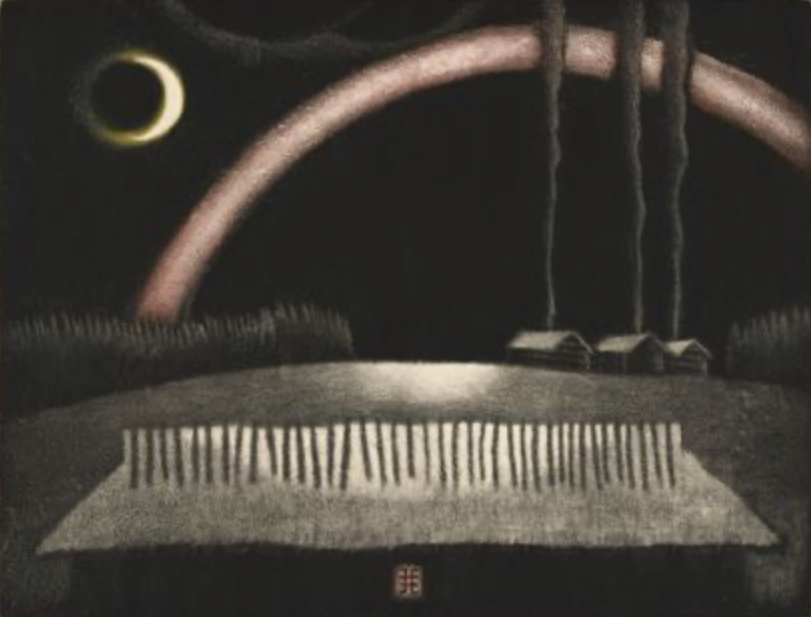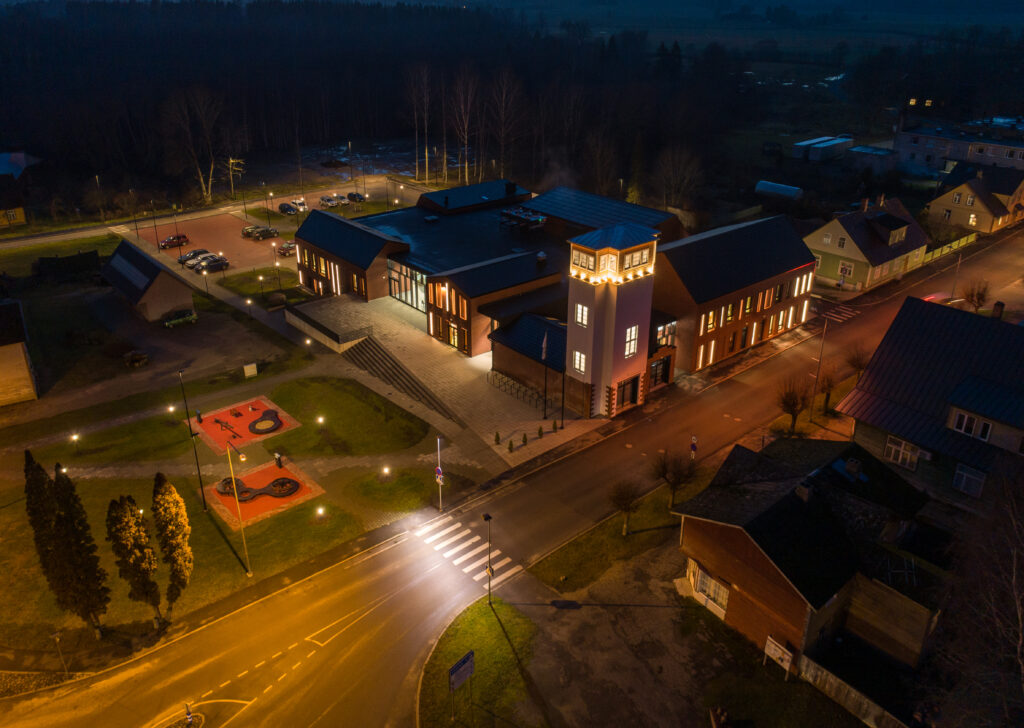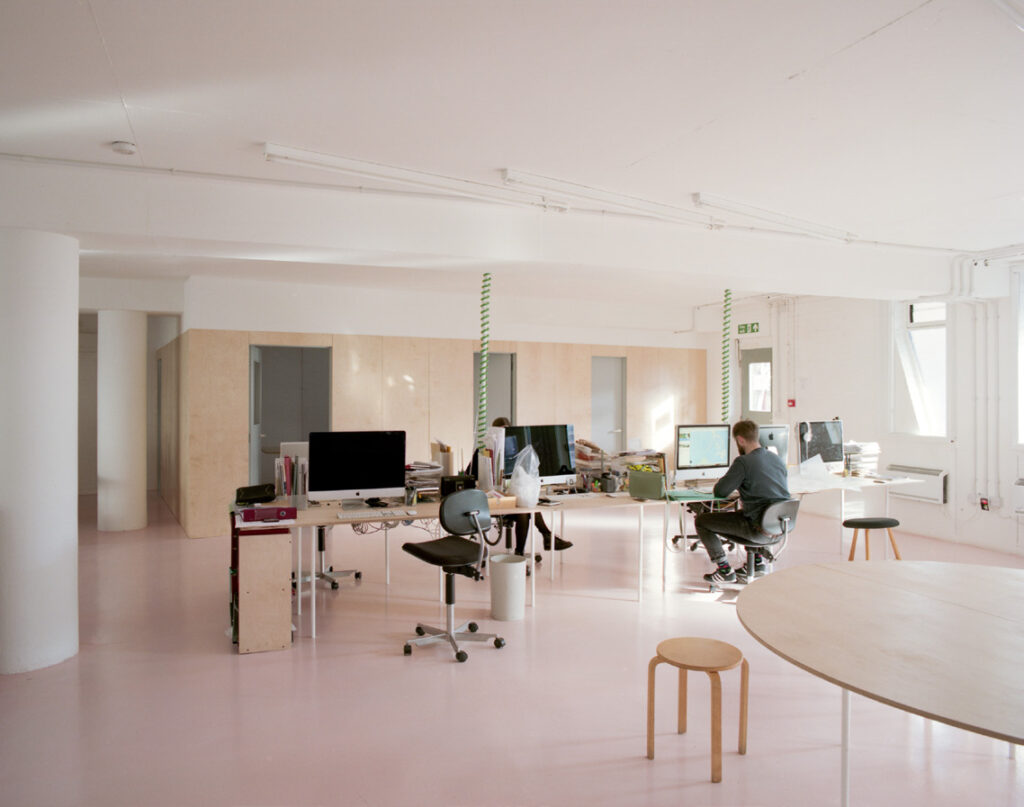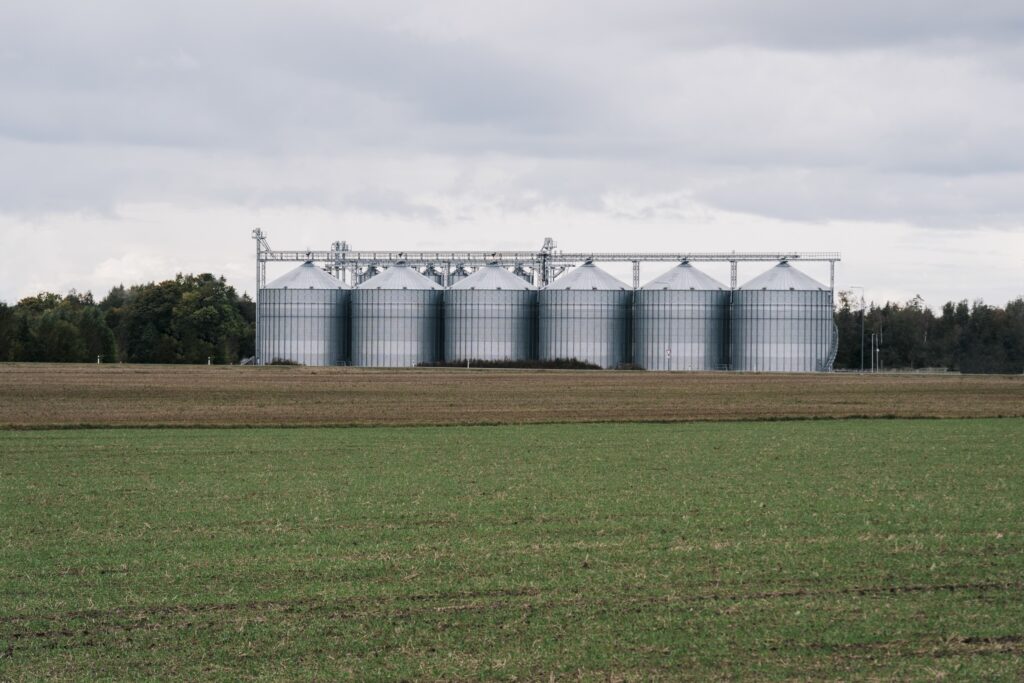ARCHITECTURE
Tarja Nurmi gives an overview of the current state of Finnish architecture and introduces the most outstanding buildings of recent years. Finland, excelled in public buildings, is now facing the challenge of housing.
The city of St Petersburg, the largest metropolis in Northern Europe, is growing rapidly. But the architectural quality of the latest developments is rarely comparable with historical heritage. Can the cultural capital of Russia ever prove its nickname in the field of the art of construction?
What can barn-dwelling architecture teach us today?
Careful homework on selecting the location for Suure-Jaani health centre, the wise decisions made by the local government as well as drawing together a number of public functions have provided the means for the emergence of very good architecture and the future town centre of Suure-Jaani.
Architect Leonhard Lapin, 1977.
Which building or architectural project has seemed the most enigmatic to you? In this way, remained somewhat inexplicable, yet spoken to you through time? What is it about a building that enables us to say, “Architecture is an art of space“?
I sat down with Judith Lösing, Julian Lewis and Dann Jessen, the three directors of East Architecture Landscape Urban Design Ltd., the architecture office I work with in London. As an office it is not uncommon for us to exchange ideas and discuss matters that might not have a direct connection to a project but that are a part of a wider architectural discussion. For this issue, I invited the three directors to discuss the way East’s practice that spans around 20 years relates to the theme of authorship in architecture and how practicing more or less exclusively in London shapes that relationship.
In the building reconstructed by Salto, the space definitely does not compete with the content as it tends to happen in the exhibition venues built during the so-called museum boom in the 1990s, such as Frank Gehry’s Bilbao Guggenheim art museum. The adjustments here are highly refined and tasteful. It might be even said that a little boring, surprisingly neutral for Salto’s work. The red building is still red with the characteristic red brick kind of retained but in an ornately polished way.
Here in front of us is according to the plan “a simple and practical” factory building1 and we are chatting with the designer: “The architect has nothing much to do in designing a rapeseed dryer and storage depot. The engineers prepare the main drawings. For the rapeseed processing factory building, the architect only had to conceive the walls around it. The entire complex can be controlled also from a mobile phone.”
Rannamõisa funeral home has taken a highly interesting path since its opening. Namely, the opening of the building was accompanied by a change of identity. Was the change of identity brought about by the author through the architecture or the client through the functions of the building? What does this say about our culture of death and the development of the respective architecture?
Postitused otsas


